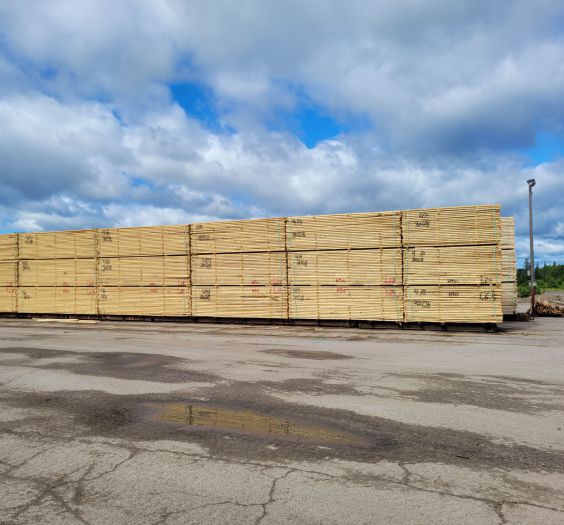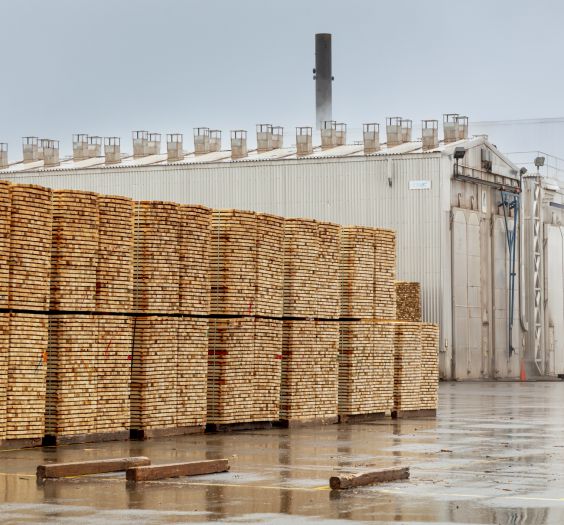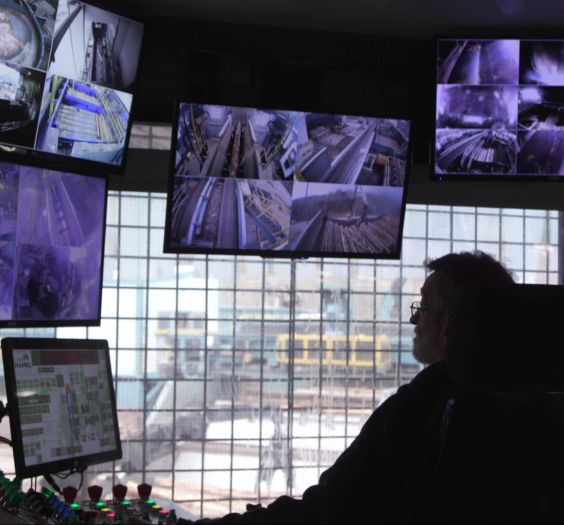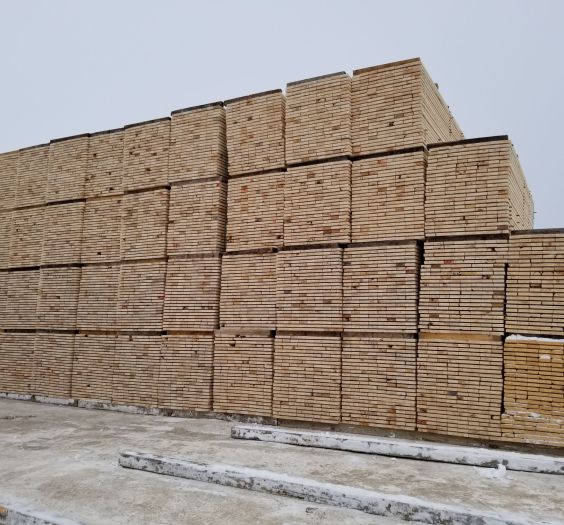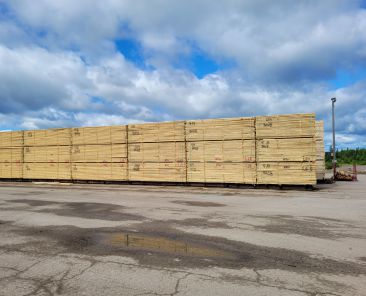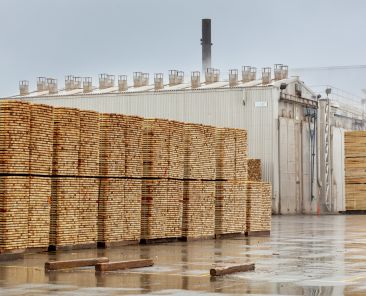LATEST NEWS from blog
The wood drying process has evolved significantly in recent years. Think about how moisture content (MC), an important drying quality indicator, is measured and tracked. With a few notable exceptions, planer mills now feature an in-line moisture meter to measure the MC of all pieces in a kiln load.
In prior blog articles, we have discussed the motivations behind lumber drying and explained conventional approaches. Batch kilns – the time-tested solution – remain integral in turning moist wood into dry lumber. There are ongoing endeavors that are directed towards advancing alternative technologies in recent years with the aim of achieving faster drying time, improved quality, as well as enhanced sustainability. In this blog, we are excited to delve into three additional state-of-the-art drying solutions, discovering the opportunities these modern technologies may bring to the world of lumber processing.
Digital transformation is the integration of digital technologies to enhance productivity, efficiency and decision making in all areas and sectors. The industrial sector is currently joining the wave and undergoing a true revolution towards a digitalized sector at a slow but consistent pace.


